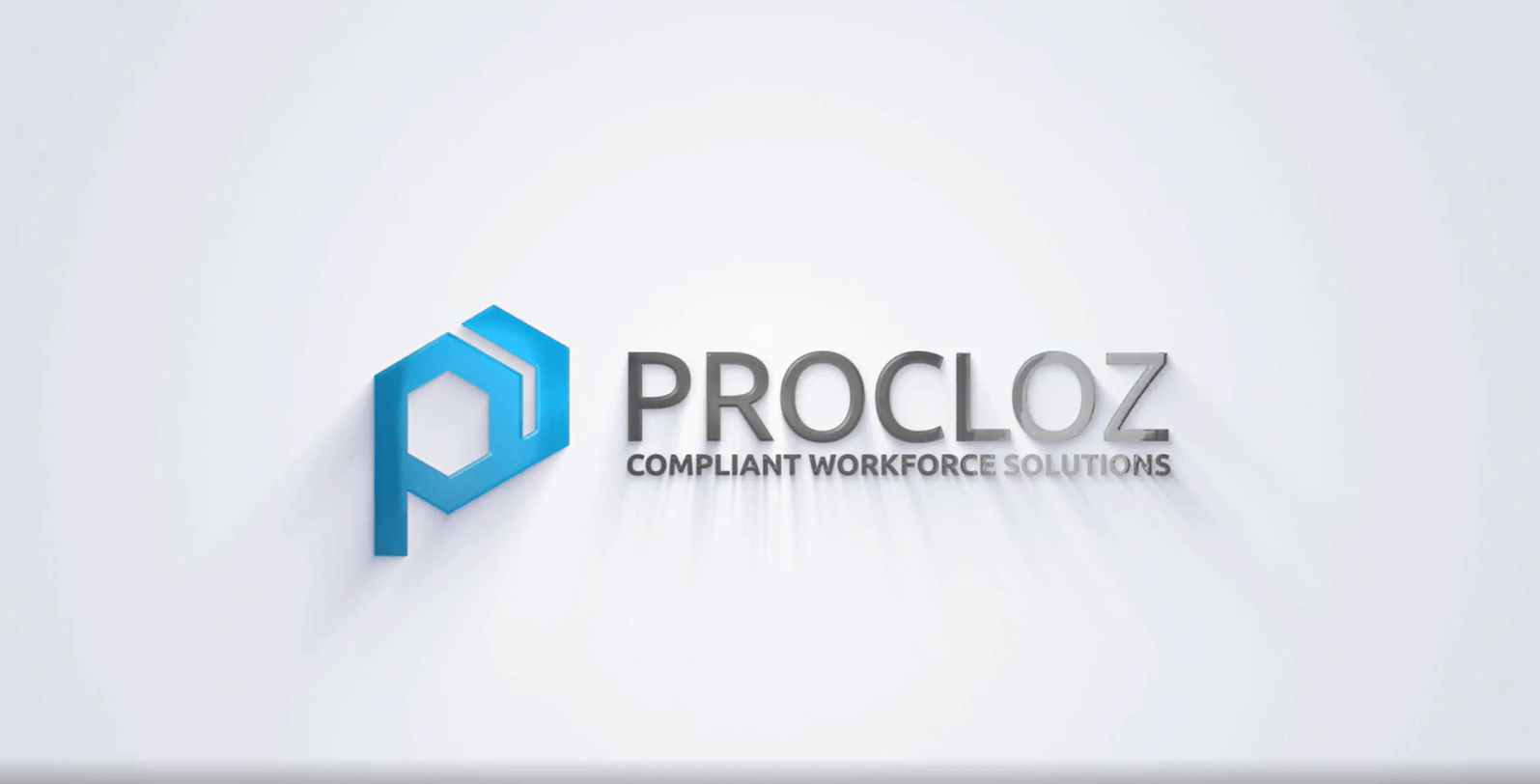In today’s rapidly evolving business landscape, the transformative power of technology in dynamic workforce management is essential for success. Picture a workplace where real-time data analytics inform staffing decisions, artificial intelligence anticipates employee needs, and collaboration tools connect remote teams effortlessly. This isn’t just a vision—it’s the reality for organizations utilizing innovation to enhance productivity and engagement.
According to Harvard Business Review, the most critical strategic partnership in the context of digital transformation (DT) is the coupling of the workforce and digital platforms to tackle the organization-wide challenge of DT. Recent research shows that there is only a 31% increase in revenue and 25% expected cost savings, while 89% of large companies worldwide have adopted DT. Join us as we explore how technology is reshaping the management of our most valuable asset: the workforce.
Role of Digital Transformation in Workforce Management
Digital transformation presents numerous opportunities for optimizing workforce and HR management services in modern organizations. By integrating evolving digital tools and technologies such as mobile apps, software, big data analytics, artificial intelligence, and machine learning algorithms, companies can streamline their workforce operations, enhance the user experience for diverse stakeholders, and ensure business continuity and growth.
In the field of workforce management, digital transformation leverages these digital tools and analytics to innovate the entire work management process, enabling efficient and effective execution of tasks both on-site and remotely. This transformation involves creating new or modifying existing business processes, structures, and cultures to optimize and streamline the organization’s people management systems.
As stated in the Gartner Market Guide for Workforce Management Applications, by the year 2025, 80% of major enterprises employing hourly workers are anticipated to have made investments in Workforce Management (WFM) to bolster employee experience and/or digital workplace initiatives.
The key opportunities offered by digital transformation in workforce management include:
1. Operational efficiency: By automating and digitizing various HR processes, organizations can significantly improve their operational efficiency, reducing manual efforts and minimizing errors.
2. Improved employee engagement: Digital platforms, such as self-service portals and mobile apps, empower employees to manage their schedules, time-off requests, and other work-related tasks, leading to increased transparency and autonomy, and ultimately higher engagement and satisfaction. For example, Unilever’s ‘future-fit plan’ project for its 155,000 employees resulted in an estimated 49% increase in intrinsic motivation among participants.
3. Data-driven decision-making: Advanced analytics and machine learning algorithms enable organizations to gain real-time visibility into workforce data, such as employee availability, skills, schedules, and productivity metrics. This data-driven approach facilitates informed decision-making about staffing levels, resource allocation, and workforce optimization based on actual demands and forecasts.
4. Agility and adaptability: Digital transformation facilitates the implementation of flexible workforce management or work arrangements, such as remote work, part-time employment, and gig-based models. This agility enables organizations to rapidly adapt their workforce to changing business needs, seasonal fluctuations, or unexpected events without compromising productivity or customer service levels. The OECD estimates that 1.1 billion jobs will be radically transformed by technology in the next decade.
5. Compliance and labor regulation management: Workforce management software can help organizations navigate complex labor laws, union rules, and compliance regulations by automating processes, tracking time and attendance, and ensuring adherence to policies and guidelines.
According to Gartner’s Digital Dexterity Survey, 90% of corporate executives consider digitalization a paramount concern, representing a significant and comprehensive challenge to transform the beliefs, mindsets, and behaviors of leaders and employees throughout the entire organization.
Cloud-Based Workforce Management Solutions
One of the key driving forces behind dynamic workforce management is the advent of cloud-based workforce management solutions. These sophisticated platforms offer real-time visibility into workforce data, enabling managers to monitor and adjust schedules, track performance metrics, and identify potential bottlenecks or resource gaps. With the ability to access this information from anywhere, at any time, decision-makers can respond swiftly to changing conditions, reallocating resources as needed to maintain optimal operational efficiency.
Employees who operate from remote locations experience numerous advantages. According to a survey carried out by Buffer.com, 43% of distributed workers identify a flexible schedule as the most significant perk of remote work.
AI and ML
Artificial intelligence (AI) and machine learning (ML) have also played a pivotal role in shaping dynamic workforce management. By analyzing vast amounts of data, including historical trends, employee skill sets, and project requirements, AI-powered algorithms can generate highly accurate forecasts and recommendations. This empowers organizations to anticipate future workforce needs, proactively addressing potential challenges. This trend is expected to grow and enhance further. According to a survey conducted by PwC, an increasing number of worldwide enterprises are recognizing the significance of artificial intelligence in facilitating workforce management. Additionally, ML algorithms can identify patterns and insights that would be difficult for human analysts to discern, enabling more informed decision-making and optimized resource allocation.
Mobile Technologies
Mobile technologies have further revolutionized dynamic workforce management by fostering seamless communication and collaboration among dispersed teams. With mobile apps and cloud-based platforms, employees can access schedules, report time and attendance, and communicate with managers and colleagues in real time, regardless of their physical location. This level of connectivity and transparency is critical in today’s distributed workforce, where remote and hybrid work arrangements are becoming increasingly common.
IoT Integration
As per McKinsey, companies that adopted an IoT-enabled workplace reported a minimum of a 5% rise in revenue for 58%, and 46% observed a 5% reduction in unnecessary costs.
Furthermore, the integration of Internet of Things (IoT) devices and wearable technologies has opened new avenues for enhancing workforce management. Sensors and tracking devices can monitor employee locations, movements, and even biometric data, providing valuable insights into productivity, safety, and well-being. This data can then be leveraged to optimize schedules, identify potential risks, and ensure compliance with regulatory requirements.
Takeaway
Technology is revolutionizing dynamic workforce management, enabling organizations to thrive in an ever-changing landscape. By utilizing data analytics, artificial intelligence, and collaboration tools, businesses can respond swiftly to challenges and enhance employee engagement.
For organizations aiming to grow their workforce, our advanced Global Payroll Services at Procloz combine the power of business automation and Employer of Record services. With an international presence, including specialized Australian payroll services, Procloz ensures accurate and compliant payroll processing, tax filings, and employee benefits administration. Embracing these advancements is essential for success in today’s fast-paced world—the future of work is here, and it’s driven by technology!














